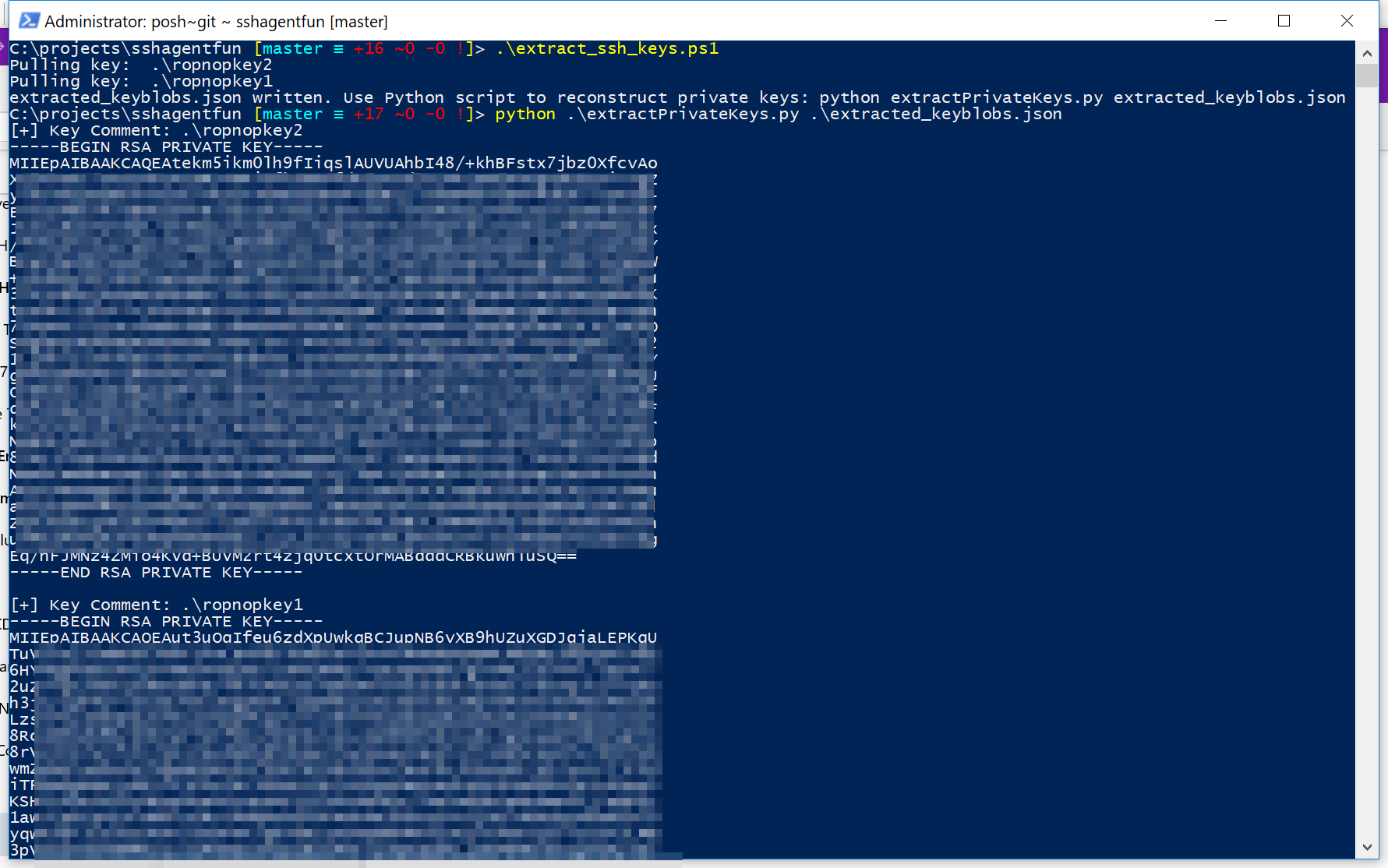If you are running Windows and PuTTYTray for SSH, you can use the built-in key generator from PuTTY to create a new key pair. Click the Keygen button at the bottom of the PuTTY Configuration window to get started. Then in the Key Generator window, check that the. The ssh-agent program is an authentication agent that handles passwords for SSH private keys. Use ssh-add to add the keys to the list maintained by ssh-agent. After you add a private key password to ssh-agent, you do not need to enter it each time you connect to a remote host with your public key.

Log in with an SSH private key on Linux and macOS


Authored by: Brint Ohearn
This article demonstrates how to use a private key to log in to a Linux®server by using a private key with a Terminal session on macOS®. However,you can follow the same process to use a private key when using anyterminal software on Linux.

Ssh Command Private Key
Note: For information about using Secure Shell (SSH) private keys on Microsoft®Windows® operating systems, seeLogging in with an SSH Private Key on Windowsand Generate RSA keys with SSH by using PuTTYgen.
Prerequisites
To complete this process, you need the following software applications:
How To Ssh Using Private Key
- SSH client software that is installed on your Linux or macOS operating system by default.
- Your favorite text editor. This example uses the vim text editor.
- Your private key. For more information about generating a key on Linux or macOS, seeConnect to a server by using SSH on Linux or Mac OS X.
Log in with a private key
Using a text editor, create a file in which to store your private key. This example usesthe file deployment_key.txt.
To edit the file in vim, type the following command:
After the editor starts, press i to turn on insert mode.
Paste your private key, such as the one in the following image, into the file.Be sure to include the BEGIN and END lines.
To save your changes, press Esc.
Type :wq to write the file and return to the command line.
Run the following command to change the file permissions to 600 to secure the key. You can also set them to 400.This step is required:
Use the key to log in to the SSH client as shown in the following example, which loads the key in file deployment_key.txt, and logs in as user demo to IP 192.237.248.66:
When you are prompted to confirm the connection, type yes and then press Enter.
If your SSH key requires a password, enter it when prompted to complete the connection.
Share this information:
©2020 Rackspace US, Inc.
Except where otherwise noted, content on this site is licensed under a Creative Commons Attribution-NonCommercial-NoDerivs 3.0 Unported License
